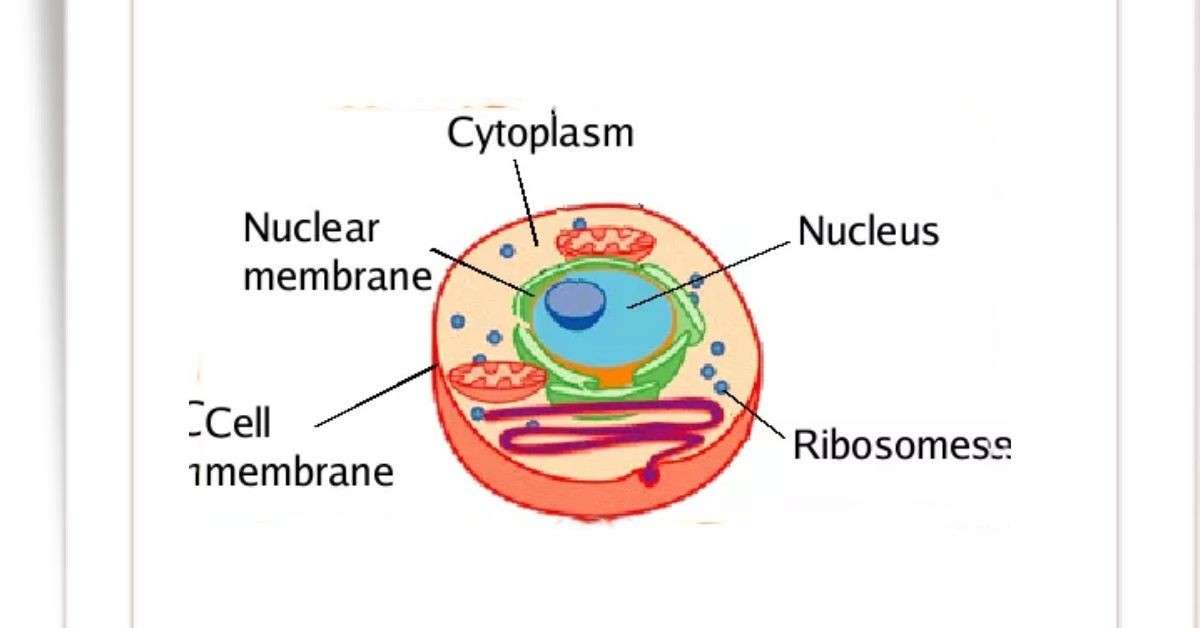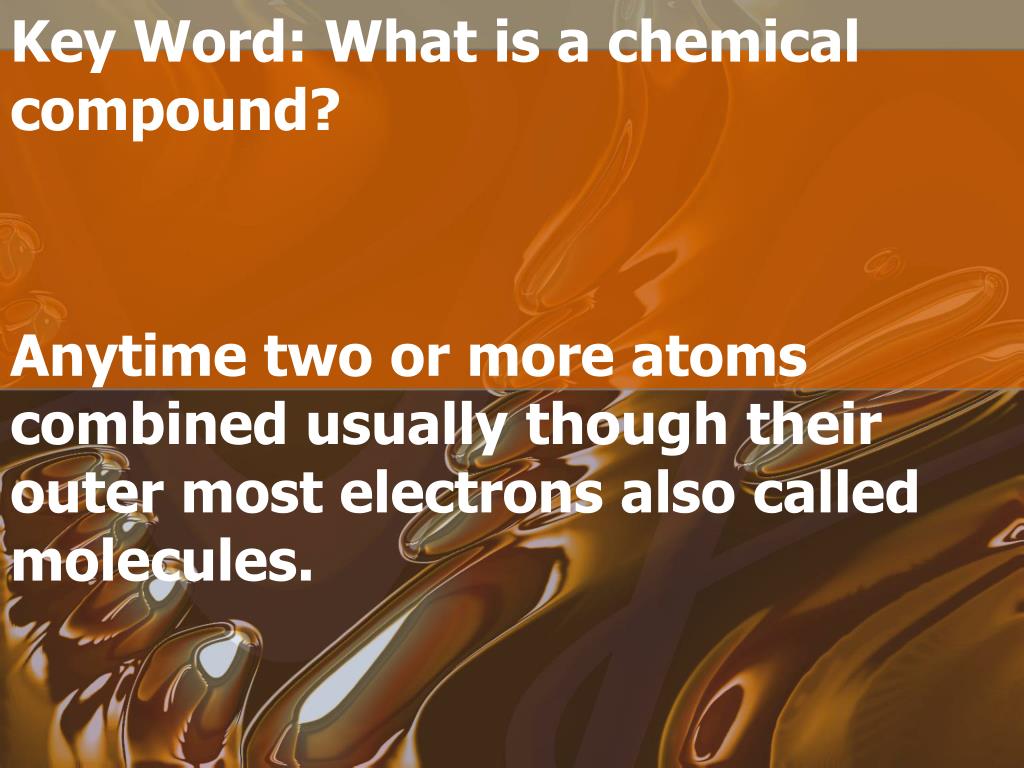

The strong hydrogen bonds give water a high cohesivenessĪnd, consequently, surface tension. Regions of the sugar molecule and allow it to be carried The water dipoles hydrogen bond to the dipolar The ions are then easily transported away from their crystalline To engage in van der Waals interactions with nonpolar molecules.Īn example of an ionic solute is table salt the sodiumĬhloride, NaCl, separates into Na + cations andĬl - anions, each being surrounded by water molecules. The water molecules to hydrogen bond to each other than In water because it is energetically more favorable for In general, ionic and polar substances such as acids, alcohols,Īnd salts are easily soluble in water, and nonpolar substances The solute, and vice versa for the positive dipoles. Negative dipoles of the water are attracted to positively charged components of Many water molecules to surround one molecule of solute. The relatively small size of water molecules typically allows When an ionic or polar compound enters water, it is surroundedīy water molecules. Is used to transport biological molecules. Reactions take place only within aqueous solutions (e.g., Properties of water are vital in biology, because many biochemical Water is also a good solvent due to its polarity. Because of ordered structure in ice there are less H20 molecules in a given space of volume. In ice Ih, each water forms four hydrogen bonds with O-O distances of 2.76 Angstroms to the nearest oxygen neighbor. It clearly shows that ice takes up more space because of the hydrogen bonding that occurs when the state changes from liquid to solid. Shown above is a side by side comparison of a box 10 Angstroms across. Physical properties that support life on Earth that is usedĪs an argument for the anthropic principle.Ĭonsequence is that ice will melt if sufficient pressure is applied. This is one of the principal examples of finely-tuned Liquid at 4☌ beneath the icy surface, allowing fish to Water frozen in winter will have the bulk of its water still Water is blocked by the density change, any large body of Sinks, forming convection currents that cool the whole waterīody, but when the temperature of the lake water reachesĤ☌, water on the surface, as it chills further, becomes less dense, and stays as a surface layer whichĮventually forms ice. Water chilled at the surface becomes denser and This has an interesting consequence for water life Liquid water reaches its highest density at a temperature In other words, water expandsĪs it freezes (most other materials shrink on solidification). That is actually of lower density: hence the solid form, ice, will float in water. The presence of hydrogen bonds means that the molecules,Īs they rearrange to minimise their energy, form a structure Most other materials, when cooled to near freezing point, Just like most other materials, the liquidīecomes denser with lowering temperature.

Hydrogen bonding also gives water molecules an unusual behaviour Water molecules also gives liquid water a large specific Hydrogen sulfide (H 2S) does not have hydrogenīonds, and though it has twice the molecular weight of water, For example, sulfur is the elementīelow oxygen in the periodic table, and its equivalent compound, Properties such as a relatively high boiling point, becauseĪ lot of heat energy is necessary to break the hydrogenīonds between molecules. The water molecule itself) attraction results in physical This relatively weak (relative to the covalent bonds within Hydrogen bond between two water molecules The relatively negative areas) and to other polar molecules. Other (the relatively positive areas being attracted to The chargeĭifferences cause water molecules to be attracted to each With such a charge difference is called a dipole. With the oxygen atom has a partial negative charge. Since oxygen has a higherĮlectronegativity than hydrogen, the side of the molecule Water molecule forms an angle, with hydrogen atoms at the The dipolar nature of the water moleculeĪn important feature of the water molecule is its polar nature. The liquid water path is a measure of the amount of liquid MPa, a collection of water molecules assumes a supercritical condition, in which liquid-like clusters float within a Including the formation of states such as vitreous ice,Ī noncrystalline (glassy), solid state of water.Īt temperatures greater than 647 K and pressures greater than 22.064 Water exhibits some very strange behaviors, Water, 273.16 K (0.01 ☌) and 611.2 Pa, the temperatureĪnd pressure at which solid, liquid, and gaseous water coexist The Kelvin) are defined in terms of the triple point of Units of temperature (formerly the degree Celsius and now The gaseous state is known as water vapor (or steam). The solid state of water is known as ice


 0 kommentar(er)
0 kommentar(er)
